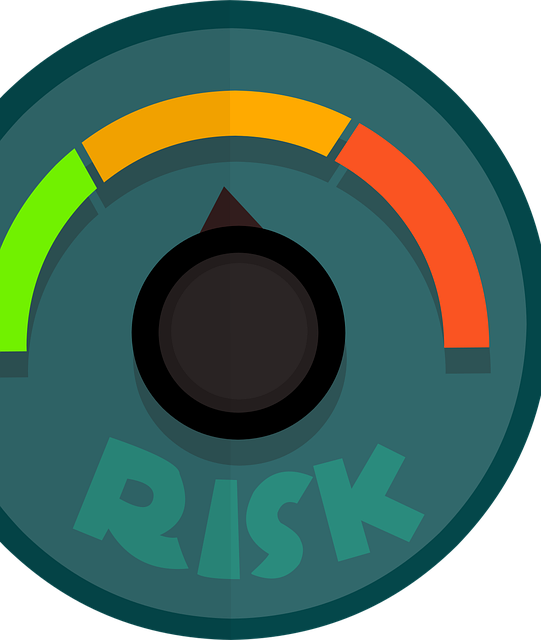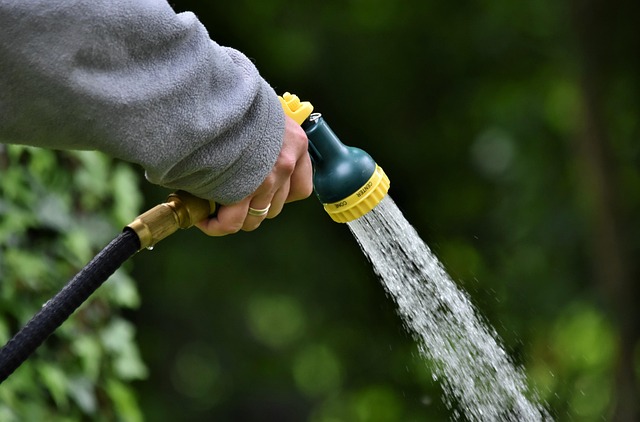Water mitigation and leak source detection are essential processes for minimizing damage and restoring properties after sewage backups in San Antonio homes. By using advanced tools like moisture meters and thermal imaging cameras, professionals locate leak sources efficiently. Swift action includes shutting off water at the main valve, engaging professional cleanup services, sanitizing areas, and disposing of contaminated materials according to health guidelines. Detecting and mitigating leaks prevent costly sewage backup cleanups, with strategic approaches involving pipe repairs, sealing entry points, regular maintenance, and water-sensing devices.
In the event of a water mitigation leak, swift action is crucial to prevent extensive damage. This article guides you through essential aspects of water mitigation and leak source detection, focusing on the unique challenges of sewage backup cleanup in San Antonio homes. From understanding the basics to effective strategies for locating and addressing leaks, these insights empower homeowners with knowledge. By mastering these techniques, residents can ensure efficient and thorough sanitation during emergencies, a critical process that protects both property and health.
- Understanding Water Mitigation and Leak Source Detection
- Sewage Backup Cleanup: A Critical Process in San Antonio Homes
- Effective Strategies for Locating and Addressing Leak Sources
Understanding Water Mitigation and Leak Source Detection

Water mitigation and leak source detection are critical processes designed to minimize damage and restore properties after water intrusion, such as sewage backups in San Antonio homes. This involves a systematic approach to identifying the origin of leaks or moisture sources to prevent further deterioration and ensure effective cleanup and restoration. By understanding the intricacies of these processes, homeowners can take proactive measures to protect their investments.
In the case of sewage backup cleanup in San Antonio homes, specialized techniques are employed to locate the leak’s root cause, whether it stems from broken pipes, faulty appliances, or cracks in the foundation. Experts utilize advanced tools and technology, such as moisture meters and thermal imaging cameras, to pinpoint the exact areas affected. This meticulous process not only aids in efficient water mitigation but also helps in preventing potential health hazards associated with sewage contamination.
Sewage Backup Cleanup: A Critical Process in San Antonio Homes

In San Antonio homes, sewage backup cleanup is a critical process that requires immediate attention to prevent significant damage and potential health hazards. When a leak or burst pipe causes a sewage backup, it’s essential to act swiftly. The first step is to turn off the water supply at the main valve to contain the issue and prevent further contamination. Once this is done, professional cleanup services should be engaged to handle the affected areas effectively.
The process involves removing all contaminated materials, including flooring, drywall, and furniture, as these items often cannot be adequately cleaned and pose a risk of bacterial growth. Skilled technicians use specialized equipment and disinfectants to thoroughly clean and sanitize the space, ensuring that any traces of sewage are eliminated. Proper disposal of waste is also crucial to maintain a safe living environment, adhering to local health department guidelines for sewage backup cleanup in San Antonio homes.
Effective Strategies for Locating and Addressing Leak Sources

Detecting and mitigating water leaks is a crucial process, especially to avoid costly damage like sewage backup cleanup in San Antonio homes. The first step is identifying leak sources, which can be challenging since leaks may originate from various hidden areas. Professional inspectors use advanced technology, such as moisture meters and thermal imaging cameras, to locate anomalies that indicate potential leak points. These tools help pinpoint water intrusion without the need for extensive excavation, saving time and resources.
Once detected, addressing the leak requires a strategic approach. It involves repairing or replacing faulty pipes, sealing entry points, and implementing preventive measures. Regular maintenance, including inspecting plumbing systems and fixing any issues promptly, is key to avoiding future leaks. Additionally, homeowners can install water-sensing devices that alert them to unusual water usage, enabling swift action to mitigate potential damage and prevent costly sewage backup cleanup.
Water mitigation and leak source detection are critical processes, especially in regions like San Antonio, where sewage backup cleanup is a frequent concern. By understanding the root causes of leaks and implementing effective strategies, homeowners can minimize damage and prevent costly repairs. Regular maintenance and prompt action when faced with water intrusions are key to safeguarding not only property but also health and safety. In San Antonio homes, efficient sewage backup cleanup methods ensure a swift return to normalcy, making these techniques indispensable for every homeowner’s toolkit.
